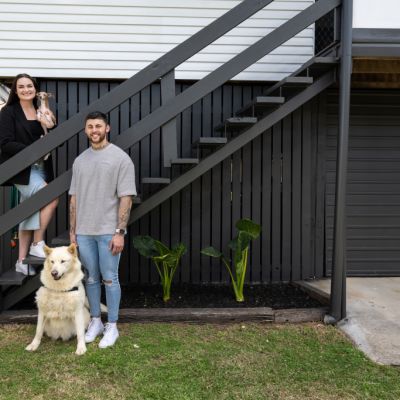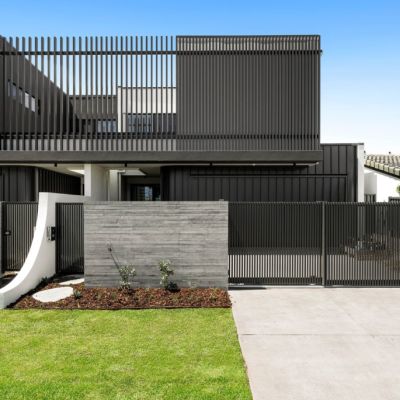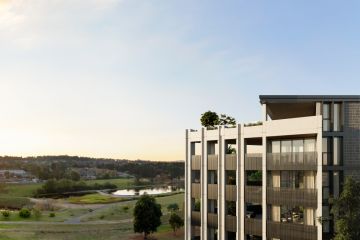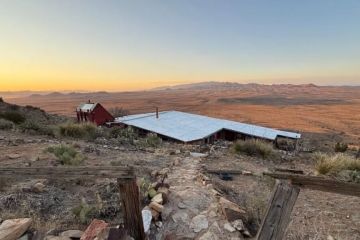Why Melbourne's property market is lagging behind other capital cities
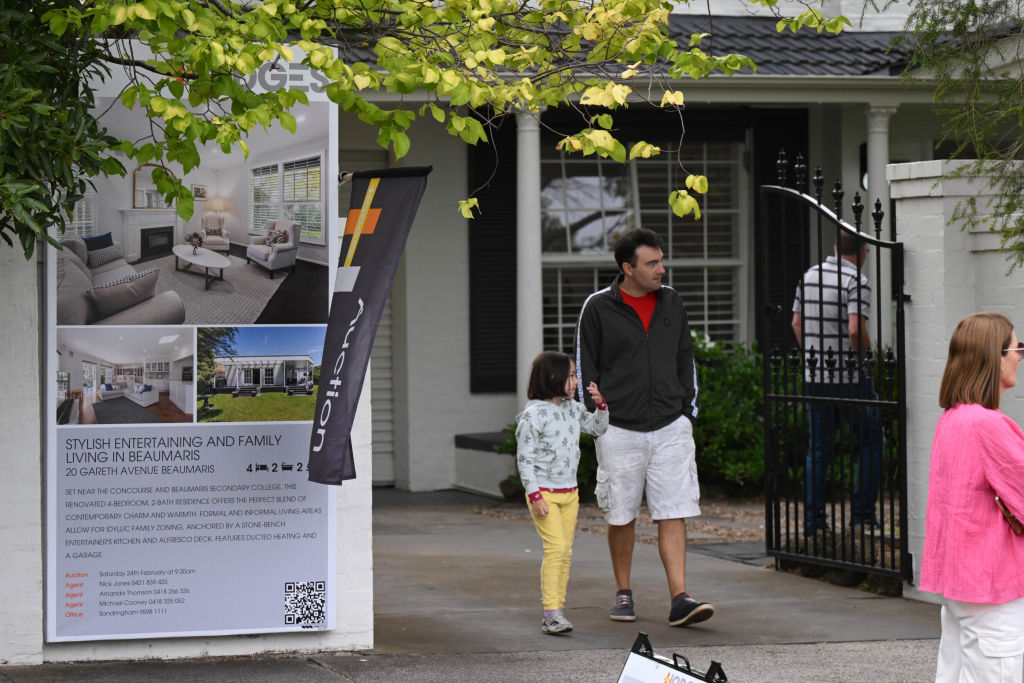
Something unusual is unfolding in Melbourne real estate. Traditionally, the city’s housing market moves in step with Sydney, following a similar pattern of peaks and troughs. But that’s no longer the case: the city’s property landscape is softening even as the majority of the other capitals continue to notch up price gains.
Houses in Canberra and the Gold Coast are now more expensive than in Melbourne, according to the latest Domain House Price Report, and the gap is narrowing between Melbourne’s median price ($1,032,020) and that of Brisbane ($924,498) and Adelaide ($902,332). Meanwhile, the median house in Sydney has stretched almost $600,000 beyond Melbourne.
| Capital city | $$ value growth |
| Sydney | $162,302 |
| Melbourne | $7,578 |
| Brisbane | $102,952 |
| Adelaide | $122,970 |
| Canberra | $11,139 |
| Perth | $110,584 |
| Darwin | $10,914 |
| Combined capitals | $90,544 |
Westpac senior economist Matthew Hassan said land tax increases for investment properties in Victoria had likely discouraged investment.The changes dropped the tax-free threshold to $50,000 from $300,000 and lifted the tax rate to $975 plus 0.1 per cent of the value of an investor’s properties worth more than $300,000.
“The circumstantial evidence and anecdotal evidence is pretty clear that what we’re seeing in terms of price weakness and underperformance since the middle of last year relates back to those tax changes,” Hassan said.
“Following those changes, we saw a significant lift in listings for units, so it looks like investors sold off part of their holding in response.”
He noted that, in addition, rental vacancy rates were not quite as tight in Melbourne as they were in Sydney, Brisbane, Adelaide and Perth.
| Capital city | $$ value growth |
| Sydney | $46,090 |
| Melbourne | $24,465 |
| Brisbane | $80,313 |
| Adelaide | $70,666 |
| Canberra | -$16,724 |
| Perth | $62,526 |
| Darwin | $44,011 |
| Combined capitals | $39,155 |
“And the state economy is a little bit softer [in Victoria] but I think it’s primarily about the repositioning investors are going through,” he said. “That’s really the point of difference over the last nine months or so.”
Hassan expected the Melbourne market to stabilise and firm slightly this year, but questioned the ongoing effects on new development and construction.
“If policy changes really have deterred investors, then it may contribute to lower levels of new buildings,” he said.
Melbourne’s property market has been relatively subdued for several years. Price gains achieved during the pandemic were smaller than other cities and, after prices dropped in 2022, the city’s recovery has also lagged.
AMP chief economist Dr Shane Oliver said buyers in Melbourne were much more cautious. “The best explanation is that it’s a hangover from the pandemic,” he told The Age last week.
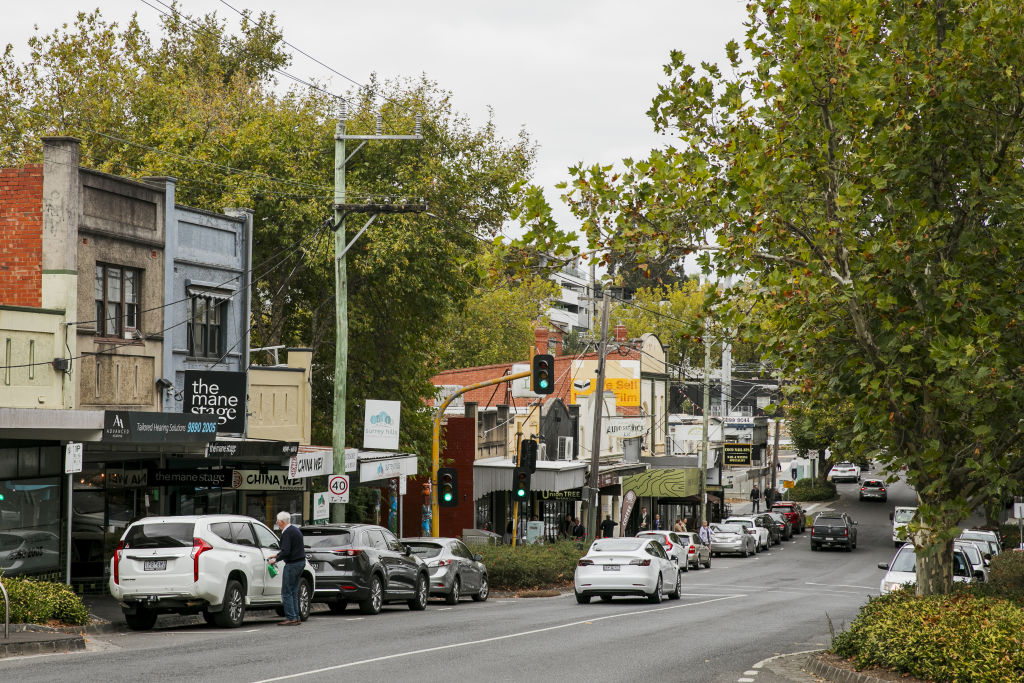
Bank of Queensland chief economist Peter Munckton said investor home loans had, in recent years, fallen more in Melbourne than other cities.
“On the supply side, if you look at new listings, the number of new listings in Adelaide and Brisbane are really low. In Melbourne, they’ve probably picked up a little more,” he said.
Munckton also pointed to a drop in the number of people per household in Melbourne during the pandemic, as people moved into apartments and worked out of an extra bedroom. With the cost of living and rents increasing, many people have returned to sharehouses or the family home, reducing the overall demand for housing at a time when fewer investors were active in the market.
“It is unusual how much Melbourne is underperforming relative to some of the other cities,” Munckton said. “But you can’t underestimate momentum.
“Momentum builds momentum. If it’s not going up, lo and behold there are a few less buyers.”
Munckton said his analysis had shown Melbourne offered fair value, and he expected prices to pick up and “do better than the national average”.
“I thought it would happen this year,” he said. “At some point in time, that will happen.”
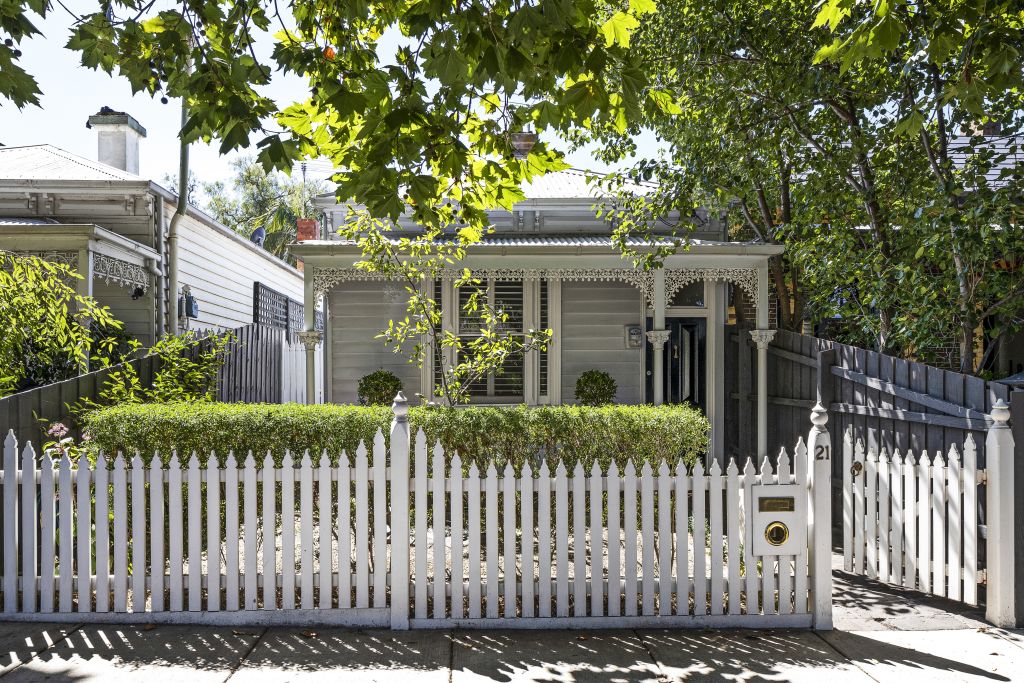
Domain head of research and economics Dr Nicola Powell said she did not expect Melbourne prices to take a substantial fall this year, but Brisbane and Adelaide could achieve a $1 million median house price by the end of the year.
“There will come a time where Melbourne will be considered as undervalued compared to other cities,” Powell said.
Looking back at the past five years, the combined capitals recorded house price growth of 48 per cent. In Melbourne, it was 26 per cent.
In the past three years, Melbourne’s market has been relatively unremarkable, with the median house price up about 5 per cent from $979,410 to $1,032,020. Apartment prices have fallen slightly in that time, with the median unit price now $564,095.
“Melbourne is historically renowned for strong price cycles,” Powell said. “It tends to follow Sydney in terms of price dynamics but that’s not the case. We’ve seen a subdued period where prices have bumbled along sideways and that creates a unique opportunity for buyers.”
We recommend
We thought you might like
States
Capital Cities
Capital Cities - Rentals
Popular Areas
Allhomes
More
